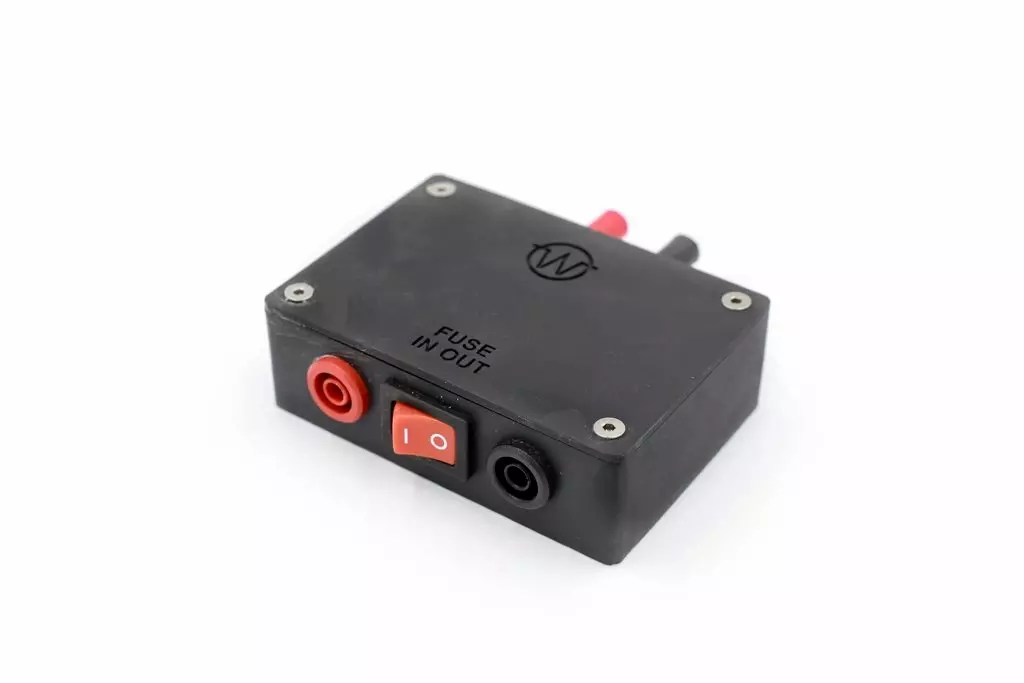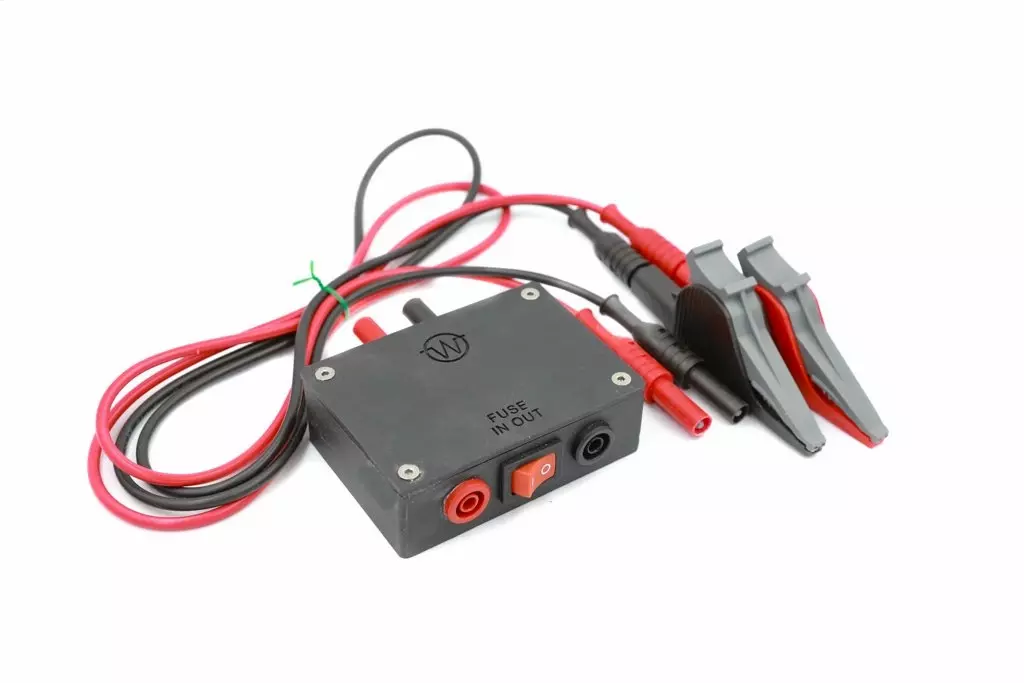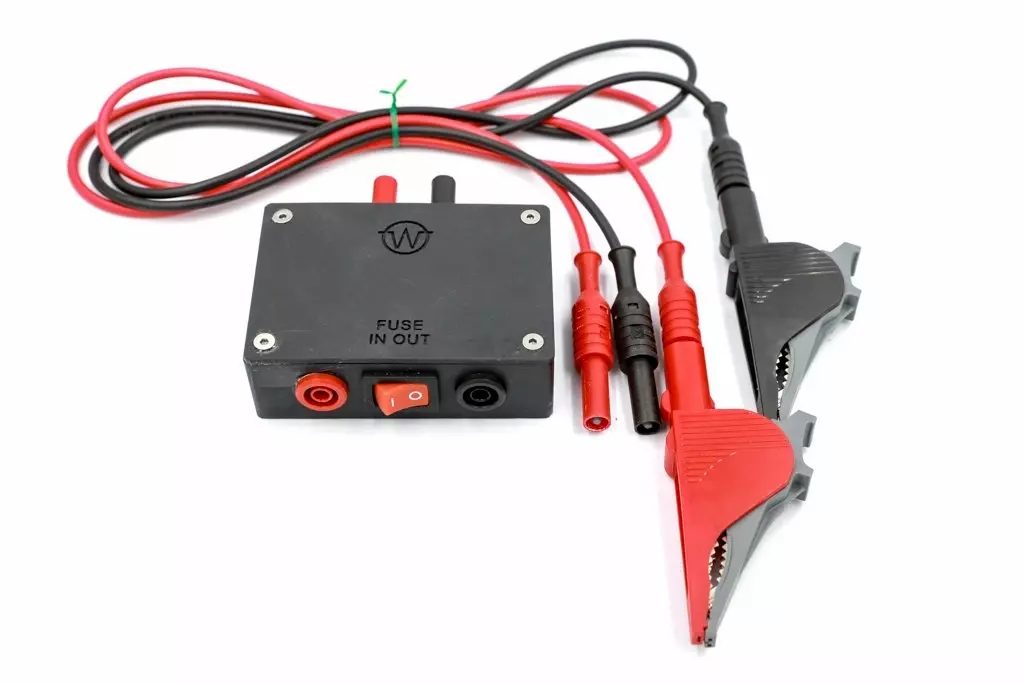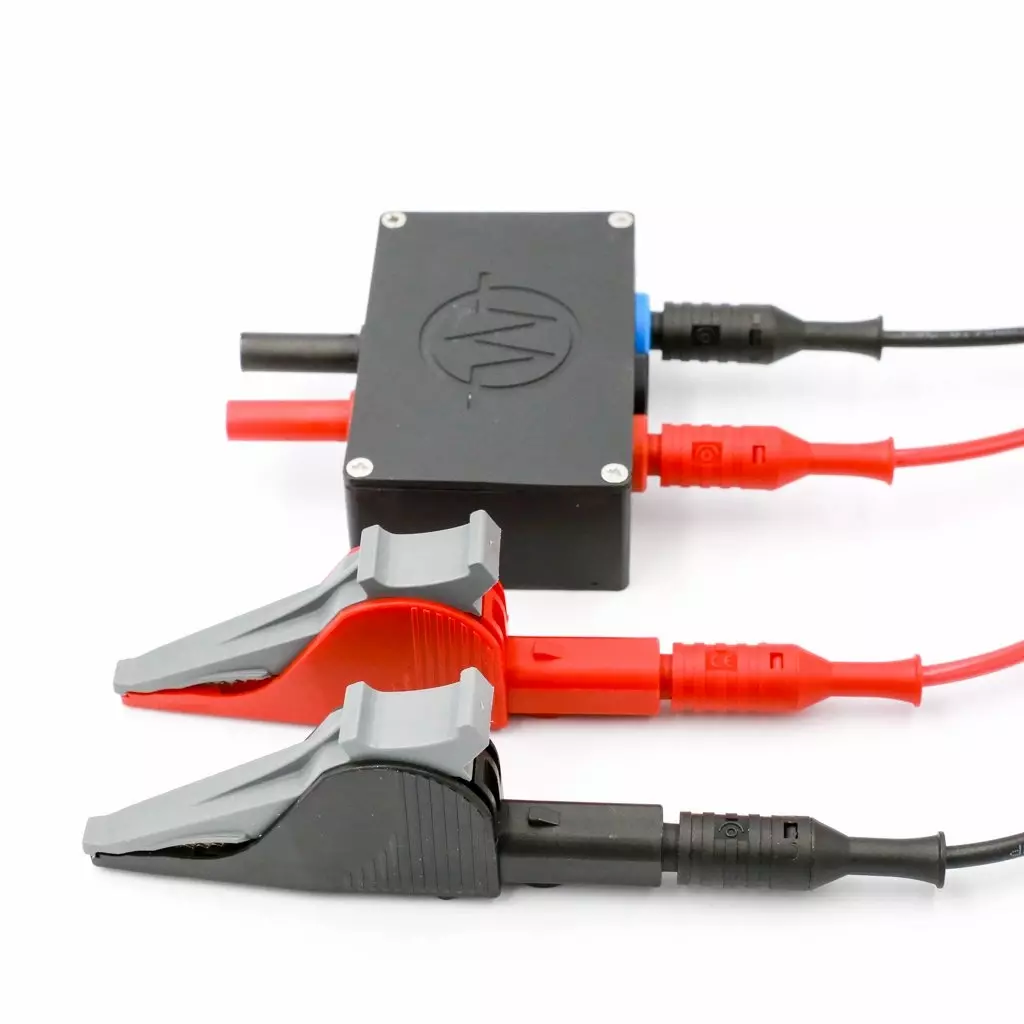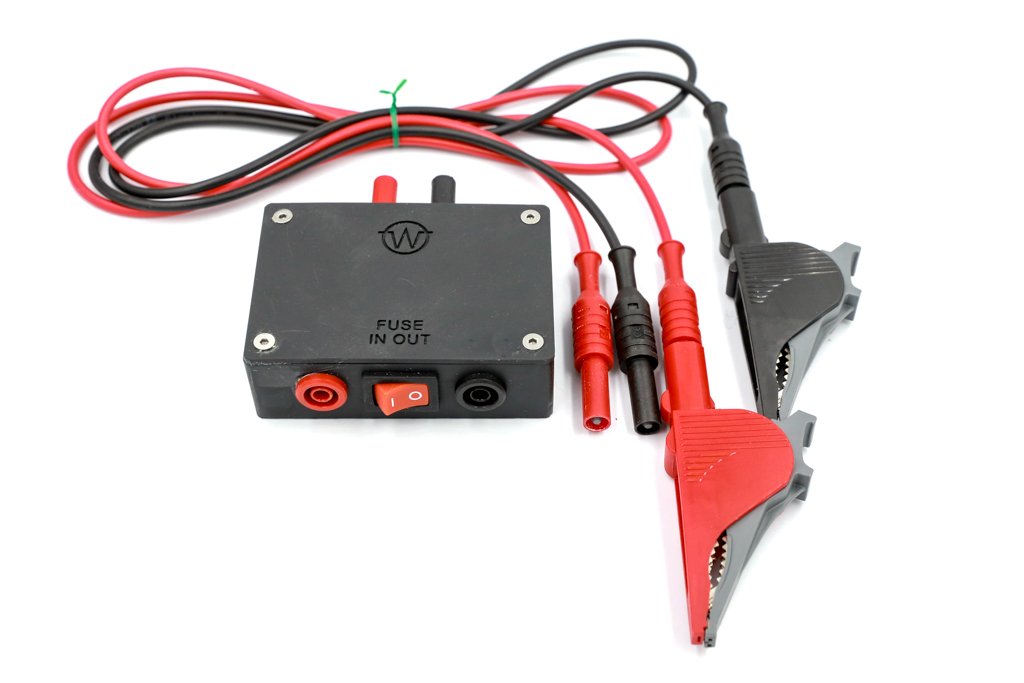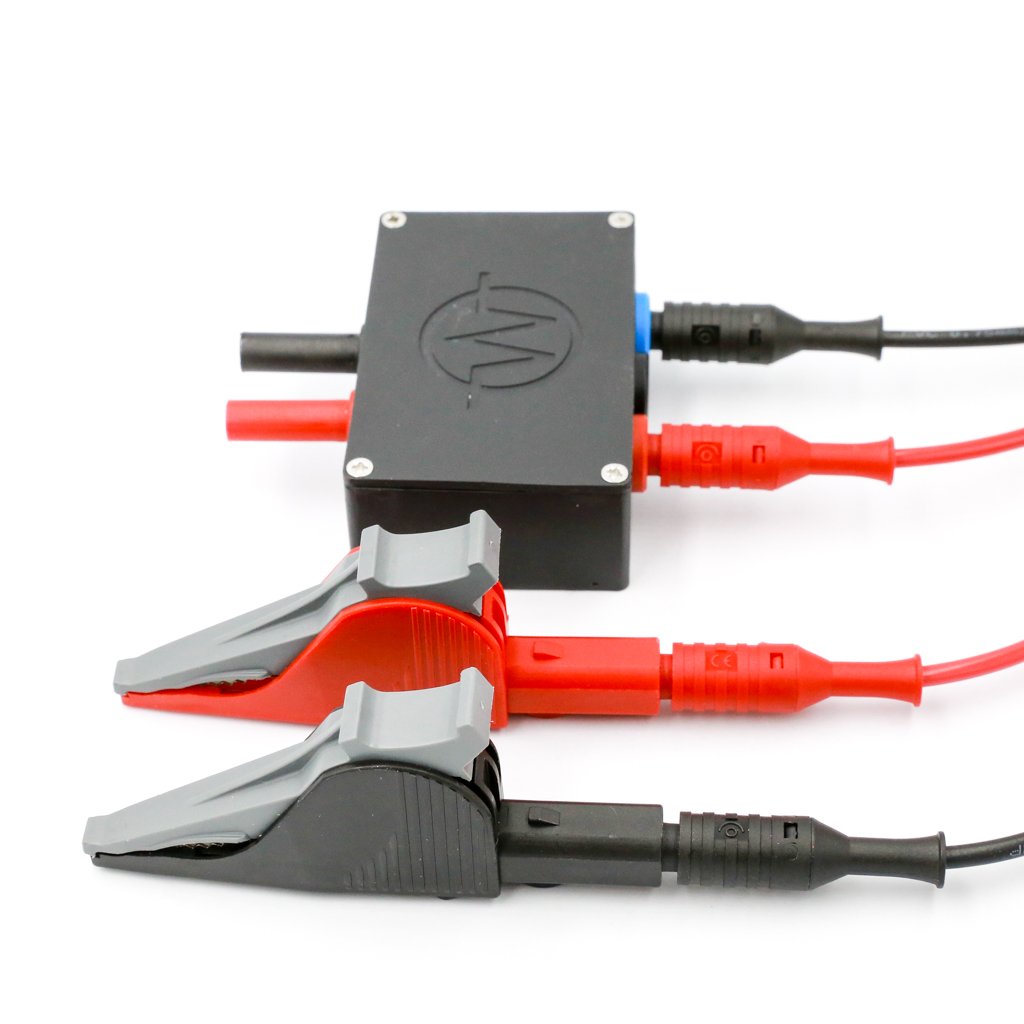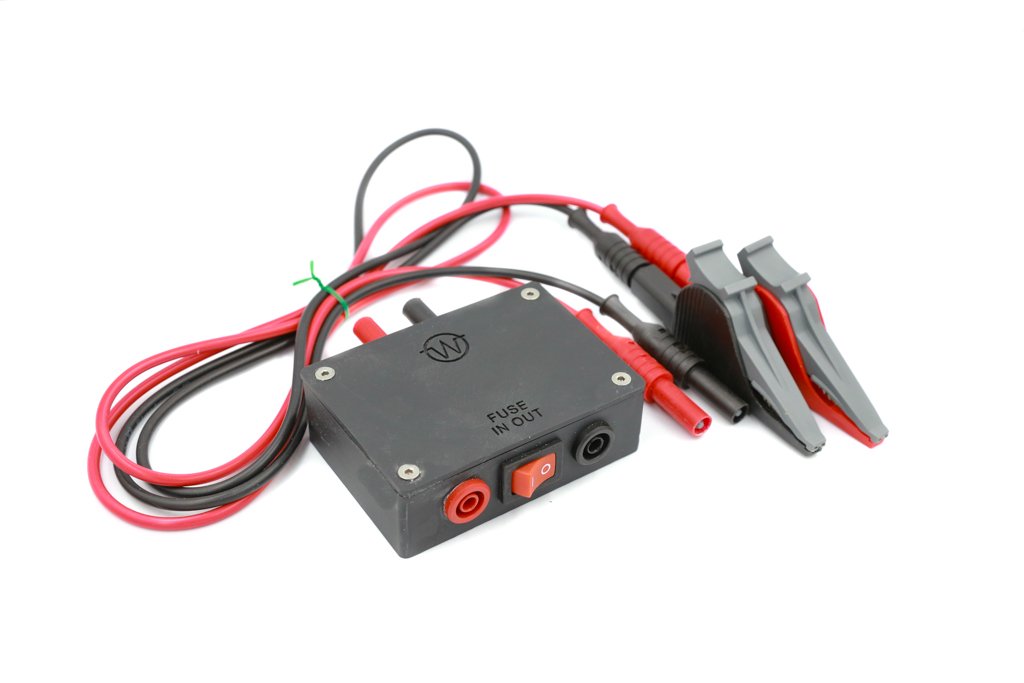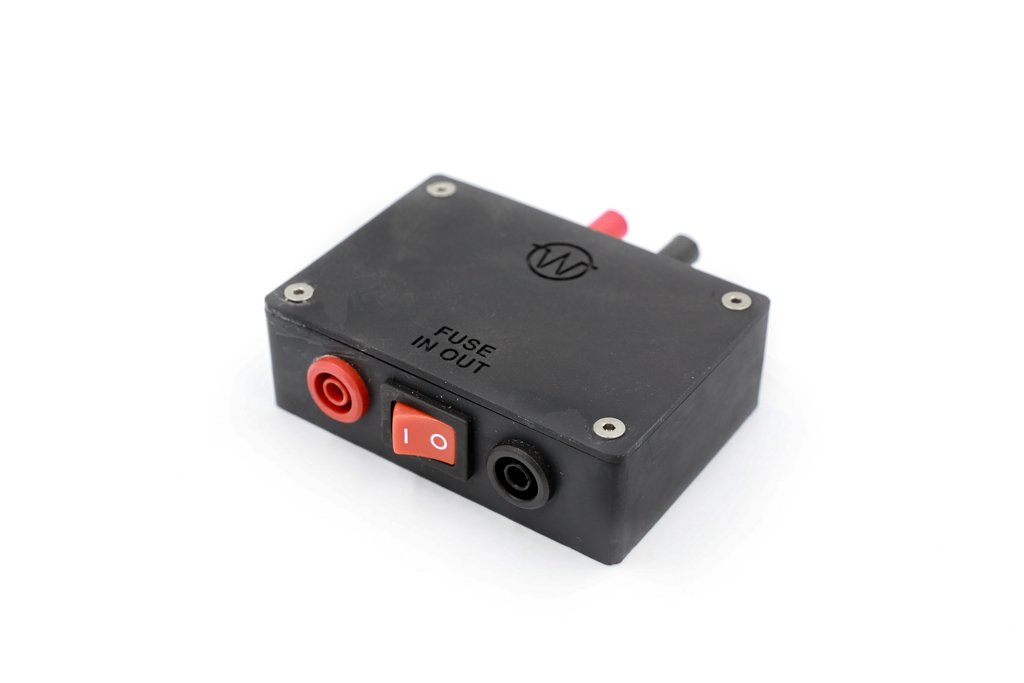Battery Parasitic Current Drain Testing Kit
Vehicle Diagnostic - Battery Parasitic Current Drain Testing
Vehicle battery testing is carried out in every vehicle workshop across the country. Customer complaints surrounding failed engine starts is a common issue with old and new vehicles that motorists experience. Warwick Test Supplies sets out to explain the rising occurrence of Parasitic Current Drain and offers a new Current Drain Tester product to help diagnose Parasitic Current Drain faults.
1 - What is Parasitic Current Drain?
2 - When Should Vehicle Parasitic Current Drain be evaluated?
3 - How to undertake a Parasitic Current Drain Test?
4 - Parasitic Current Drain Summary?
1 - What is Parasitic Current Drain and what Impact does it have?
Parasitic Current Drain is a vehicle diagnostic term that describes the situation when an on-board electrical device draws electric current from the vehicle’s battery when the vehicle ignition key is turned off.
The majority of vehicles have a Parasitic Drain value as on-board computers operate to initialise alarms, run system integrity tests and many more tasks that prepare the vehicle for shutdown and preparation for the drivers return. All of which are completed whilst the batteries charging system is inactive.
A specific Parasitic Current Drain value is therefore expected to ensure the vehicle shuts down and prepares successfully. An issue only arises when the Parasitic Current Drain exceeds the manufacturers stated value (refer to vehicle technical data for specific test conditions and results.) If the excess current drain proceeds whilst the vehicle is standing inactive the battery becomes insufficiently charged and unable to perform an engine start.
Surprisingly new vehicles are susceptible to engine start issues from Parasitic Current Drain. The power demand from the vehicle battery has increased in direct proportion to the technology now installed in high-specification vehicles.
Parasitic Current Drain testing is often overlooked and should be undertaken when a customer complains about engine-start issues as a result of a discharged battery. Evaluating battery and charging systems is traditionally a quick task, but finding the root cause of current drain requires an extended Parasitic Drain test.
Carry out a Parasitic Current Drain test with ease and reliability with the new WCDT - Current Drain Tester Kit designed especially to perform and diagnose Parasitic Current Drain faults in any vehicle without tying up your multimeter or oscilloscope.
2 - When Should Vehicle Parasitic Current Drain be Evaluated?
Analysing the status of a vehicles' battery is a common procedure to assess the engine start-up function and also determine the working health of the charging system. Battery diagnostics enables accurate fault finding and helps identify a potential component failure (e.g starter motor or alternator). If the engine start-up and charging system are tested and both deemed fully functional, yet the engine start-up issues continue then investigation into Parasitic Current drain is the next step.
3 - How to Undertake a parasitic Current Drain Test?
Necessary Conditions to perform Parasitic Drain Test
- Vehicle locked and the alarm activated;
- Keyless Remote keys out of range;
- Aftermarket accessories in working operation (if applicable);
- Ensure test equipment is able to function for an extended period of time.
Installing the WCDT - Parasitic Current Drain Tester is quick, simple and reliable.
- Ensure the vehicles ignition is switched off and the the fuse switch on the WCDT is set to IN.
- Connect the banana plugs leads to the red and black sockets of the WCDT and connect the crocodile clips to the end of the leads.
- Insert the shrouded banana plugs mounted on the WCDT box into your Digital Multimeter set to mA.
- Disconnect the negative battery terminal on the vehicle. Connect the red crocodile clip to the negative battery terminal clamp you just disconnected and the black crocodile clip to the negative battery terminal.
- Switch the fuse switch to OUT and the correct current can be read on your multimeter.
- Ensure the leads and multimeter are out from underneath the bonnet and carefully close the bonnet and engage the bonnet latch. The vehicle may need to perform the locking process to shut down and sensors may prevent this process if the bonnet remains open.
- Once the vehicle is shut and locked the vehicles system is able to perform its shut down procedure. Modern vehicles typically have anywhere between 30 minutes to 2 hours to shut down and enter sleep mode.
- During this shutdown wait period the fuse switch can be switched to IN and the multimeter can be removed to carry out other tasks. Remember to reconnect the multimeter before switching the fuse to OUT to prevent waking the car up when reconnecting.
- You should expect to measure no more than 80 mA of parasitic drain until the vehicle is woken by the intervention of the key fob/set (unlocking of the vehicle).
"Sleep mode is typically when Parasitic Current Draw from the battery settles at approx 30-40 mA for over 20 minutes. The target maximum Parasitic Drain Value is < 80 mA and stable throughout."
- Once the vehicle has fully shut down the drain current reading can be gained from the multimeter. If the multimeter has been removed during the wait period, connect the multimeter to the WCDT then switch the fuse switch to OUT.
When a vehicle is in sleep mode any operation which involves opening of doors, pull of handle or even pressing tail door release button on the key fob will be enough to alert the system and 'wake' the vehicles on-board system from sleep mode. This will distort readings and a further shut down period will be necessary to create the test conditions for a Parasitic Current Drain Test.
4 - Parasitic Drain Testing Summary
Inbuilt vehicle electronics are predicted to continuously develop and further advance as manufacturers seek to increase driver aids, on-board entertainment and safety systems in new vehicles. Inevitably this will see highly specified vehicles' require greater electrical energy to operate. The draw of power increase on the vehicles battery and increased number of electrical operating systems are likely to cause a rise in the regularity, importance and complexity of Current Parasitic Drain. Successful fault finding often starts with the test equipment, ensure your toolbox is ready with necessary equipment that will save you time and ensure accuracy.
DISCLAIMER: This newsletter is subject to amendments without notice and considered correct at the time of publication. These findings are not definitive and merely suggestions based on our findings. Each vehicle may require a unique test setting. Warwick Test Supplies accepts no responsibilities for any inaccuracies.





